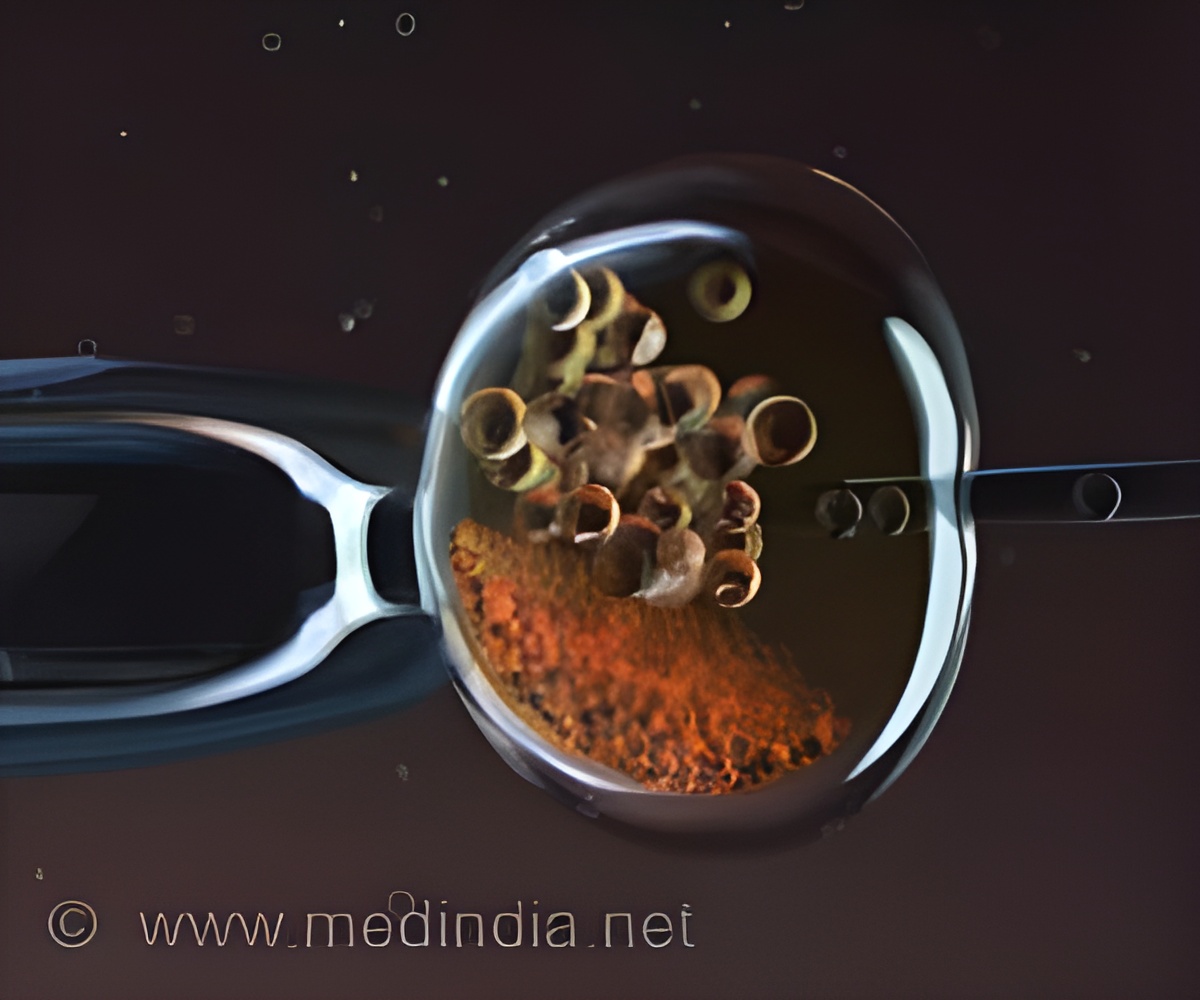Stem cells from early embryos show unexpected versatility and regenerative potential, offering new hope for enhancing fertility treatments.

The primitive endoderm supports lineage plasticity to enable regulative development
Go to source) It probably will not surprise anyone that pregnancy is a very complicated process. First, a sperm cell must find its way and fertilize an egg in the fallopian tube, after which the egg begins to divide. After about five days, the egg becomes a blastocyst, which eventually develops into a fetus.
‘In Denmark, more people are seeking help through #fertility treatments, accounting for 1 in 8 #pregnancies. #parenthood #IVF’





But for more and more people, fertility is becoming increasingly harder to achieve due to various factors affecting either sperm or egg quality, in addition to issues surrounding implantation of the embryo into the womb. But the success rate for treatment remains low, around 20-30 percent, depending on the woman’s age and fertility. Now, researchers from the University of Copenhagen discovered a breakthrough that could lead to more successful fertility treatments in the future.
Breakthrough in Embryo Cell Research
“We are looking at cells in the mouse embryo called the primitive endoderm, also known as the hypoblast. We found these cells were unique and could generate an embryo on their own. This is particularly interesting as a recent study suggests that the primitive endoderm is the only cell type in the embryo associated with high implantation success in clinical studies,” says PhD student and first author of the study Madeleine Linneberg-Agerholm. She adds:“These cells would normally only provide nutrition and support for a normal embryo, but when we isolate them, they can remake an embryo on their own, which is a very surprising find.”
They also found that stem cells from the primitive endoderm grown in the laboratory develop in a dish to form “stem cell-based embryo models,” called a blastoid at very high efficiency. These embryo models have the potential to be very important tools that can be used to discover new drugs for improving IVF outcomes.
Advertisement
The study has been done in mice, but the researchers behind the study are already looking into doing similar research on human stem cells.
Advertisement
“The final step of blastocyst development is the primitive endoderm. And if you take all the things around the primitive endoderm away, the primitive endoderm somehow ‘remembers’ how to create an embryo, and it can do it on its own,” Joshua Brickman explains and continue:
“We also show that these cells in the primitive endoderm remember how to make the other cell types as they have transcription factors that sit on DNA at important regulatory sequences (enhancers), like bookmarks. At these sites, these factors don’t normally do anything but can remember what to do in the event there is a problem. Think of the genome as a book, these bookmarks are a reminder of what page contains the instructions to make other cell types.”
The researchers hope that their results can bring some light to how to enhance the chance of successful IVF treatments. But also, to give us more knowledge on why some people have trouble getting pregnant in the first place.
“In cases where women are having trouble getting pregnant, it could also be a defect in the primitive endoderm that causes the problem, as not only does it provide nutrients, but it also could have an important role in repairing damage. For now, this is speculation, but it is curious that this cell type is such a clear predictor of successful implantation,” says Joshua Brickman.
For now, the researchers will focus on gaining more knowledge of the functions of the primitive endoderm and focusing on how to improve their existing human primitive endoderm stem cells.
“We believe that this suggests that the early primitive endoderm is a structure that can regenerate the missing lineages in case of damage. As we have produced primitive endoderm stem cells, the study of these cells, and the signals that guide them could lead to enhanced IVF treatments,” says Joshua Brickman.
Reference:
- The primitive endoderm supports lineage plasticity to enable regulative development - (https://www.cell.com/cell/abstract/S0092-8674(24)00595-6)
Source-Eurekalert















